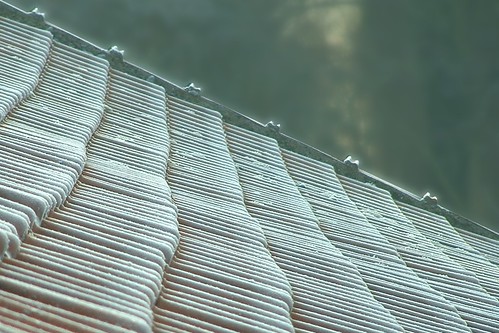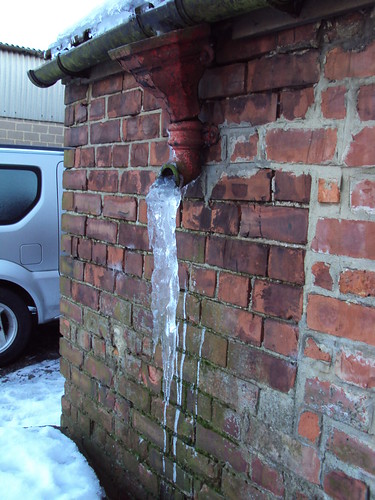Winter has nearly disappeared and it won’t be back for a long time. That means you can concentrate on getting ready for summer. You want your home to be beautiful, but first you have to do something. When the cold weather was here it’s possible it could have damaged your home. Especially if you had lots of snow and heavy storms. It’s better to fix the faults soon so you can forget about them and your home will be safe next winter.
It’s entirely up to you if you want to do it, but just remember if there is damage there it could get a lot worse next winter. If anymore damage is caused it could multiply the price of the repairs. Before you do anything you will obviously need to know what could have gone wrong because you might not be able to see anything from where you’re standing. Here are a few of the big ones you need to have checked so you can put your mind at ease.
Seal your driveway
Go outside and have a look at the ground. You should be looking for any cracks that appear in the driveway. The good news is that cracks don’t mean it’s falling apart, but the bad news is that it needs to be resealed. Think about all that water that would have got into the cracks during winter. Because it was so cold the water would have turned to ice and it makes the cracks worse. If you don’t get them fixed now the cracks will get even bigger next winter and the drive could fall apart.
Fix your roof
The roof must be checked because anything could have happened to it and you would never know. If it’s not rained heavily since winter you would not know if a large section of your roof had been destroyed. If tiles have cracked or fallen out it’s now going to be easy for the rain to get inside and do even more damage. It’s a good idea to get someone out straight away so they can give the roof a once over.
Clean up inside
If anything did happen to your roof you can’t just stick some new tiles on and forget about it. You need to go and look at the damage inside your attic because anything could have happened. Maybe there is a huge puddle of water that needs to be dried up straight away. You don’t want mold growing inside your home and that can happen when there is enough moisture. Take up a huge cloth and make sure all the water is soaked up.
Deal with the fence
When the wind is strong enough it’s hard for your fence not to have suffered any damage if it’s old. That isn’t to say the wind would have ripped it out of the ground, but it could have broken it in some places. You must go and check, especially if you have any pets that run around the garden because it’s easier for them to escape. You also want to secure the fence in case it falls down in the future and lands on someone.
Unclog the gutters
You won’t want to do this on your own because the smell will give you nightmares, but all the crap needs to be taken out of the guttering because if it’s not kept clean you will eventually pay the price. It will be full of leaves and everything else that somehow ends up there and it doesn’t let water get away. You might have survived this winter without having it cleaned out, but make sure you don’t get into next winter without them being empty. They could fall down when blocked water freezes up and it becomes very heavy.
Attached Images:
- License: Creative Commons image source
- License: Creative Commons image source
- License: Creative Commons image source
- License: Creative Commons image source
Lance Abraham is an interior designer by profession and is an integral part of the top brass of Baybrook remodeller Inc which is a leading company providing replacement windows in CT. He has vast knowledge in this field and shares his thoughts with people on his blog.




